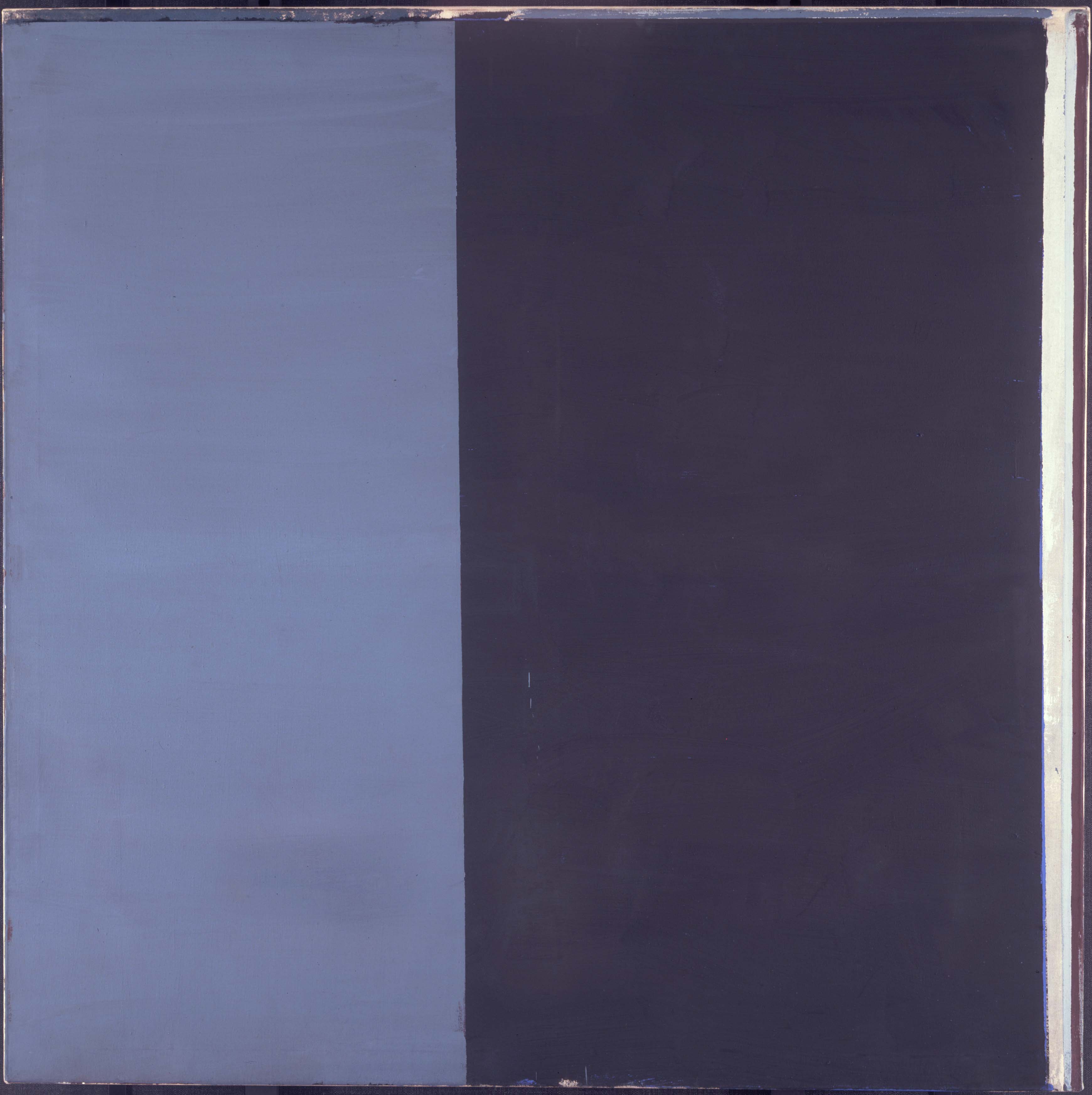Alan Green (1932-2003)
Nationality
British
Education
1949-53, Beckenham School of Art
1955–58, Royal College of Art
Taught
1958-74, Hornsey College of Art; Leeds Polytechnic; Ravensbourne College of Art
Background
In 1958 Green won a RCA Major Travelling Scholarship that took him to France and Italy. He settled into abstract painting as naturally as a potter preparing to shape the clay on his wheel - not an altogether fanciful
comparison because, after national service in Korea, he was posted to Japan in 1955 and visited the studio of the great Japanese potter (and erstwhile colleague of Bernard Leach) Shoji Hamada, who was influential not for
his work alone, but for his integration of life and work, an example Green was to follow.
He won prizes through the Seventies in Yugoslavia, the UK, Poland, Norway, Japan and Ireland. Represented in many public collections and museum around the world.
The artist
Green sought to avoid painting in the early 1960s, producing collâges and assemblages instead. These developed into relief-constructions that continued alongside field-paintings until 1967. His response to Minimalism
can be seen in his subsequent grid-paintings, which shuffle the viewer’s eye around the gridded surface. Later, a series of 'block paintings' (1972-73), offer more casual paintwork and airy colours against an orthogonal
regularity. In 1973, the blocks began to merge into columns.
According to diagrams that Green published in 1980, his surfaces would henceforth be formed, occupied, erased, emptied, enclosed, fixed, cut, separated, joined and extended (Aspects, No.12). This suggests a minimal
approach, though Green eschewed the preoccupation of Minimalism with a high degree of finish and grandiose installation.
His paintings and prints, with gently modulated colours, whose painstakingly worked surfaces, painted and burnished and scratched, can seem quietist. Not at all, he wrote: "Ideas of harmony I find best avoided.
A final and more satisfactory solution is controlled and organised conflict, where each colour, like each form, has to exist in its own right."
The difference is crucial. A painting such as Double Crimson Painting (1978) is precisely that, but the two halves of the painting were treated in opposition (one in glossy oils, the other in matt tempera;
one with a textured surface broken up by darker diagonal brush strokes, the other smooth) The finished work has that sense of inevitable conclusion that marks all Green's work - the result of a process of reduction, scraping
away paint and starting again, building up and scraping back.
Juxtaposition of blocks, which could be read, alternately, in terms of space and surface, gave way after 1974 to a unified field where readings of surface and space move out towards the painting's margins. Paintwork became
a workaday sequenced layering of coloured matter. Brown and Blue marks a key transitional moment in Green's development, when the thinner handling of the 'columns' is still present but he is now simply juxtaposing
two surfaces and making evident the painting's history in terms of paint-layers around the margins. Green's field painting does not involve the sublime sense of the unlimited evident in American colour field painting
(such as Newman's); emphasis on the limits of the painting (as opposed to a sense of exhilarating spread) and on its strictly human scale became central.

